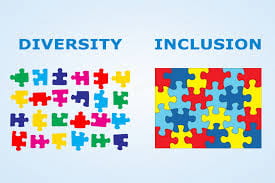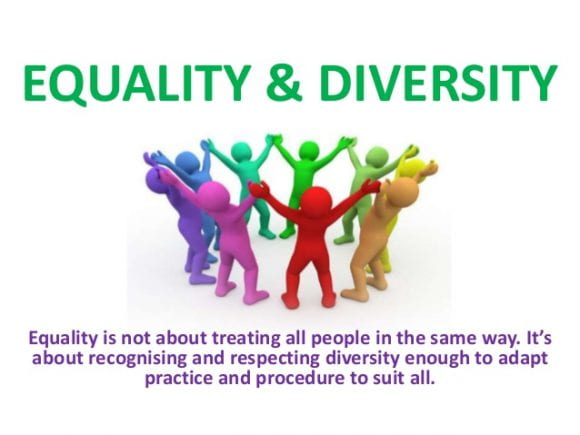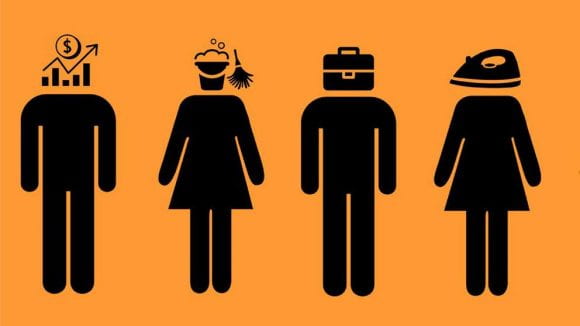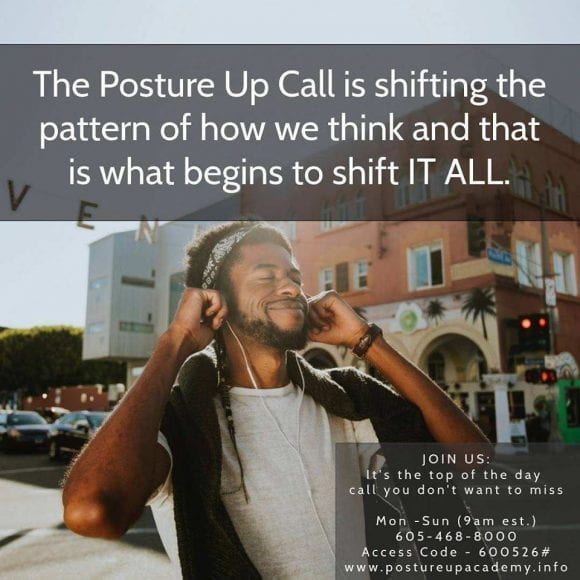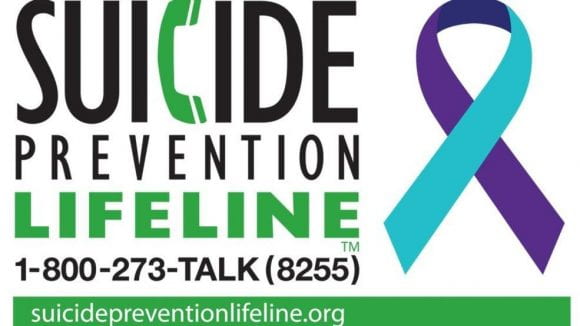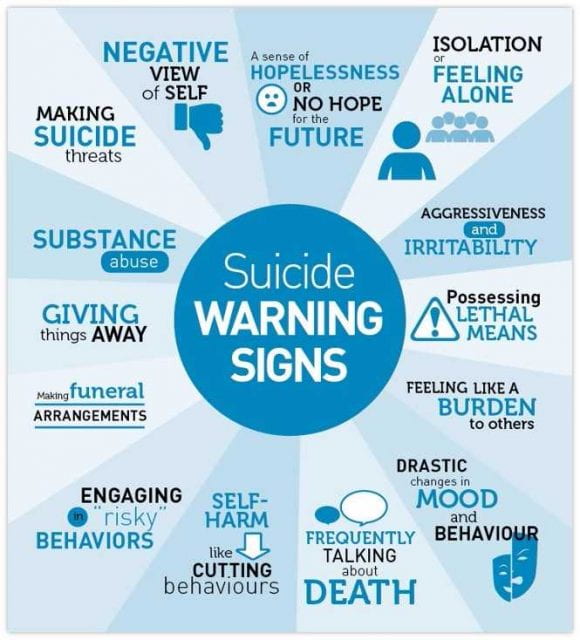You are sitting watching the news. Another natural disaster strikes and terrorizes a city leaving hundreds of people without food, water, and shelter. This seems to be the norm now with an overabundance of natural disasters. Is this something that is truly “natural” in nature, or is climate change an underlying cause for these extreme catastrophic events? It is obvious that weather is something that is constantly talked about considering people’s thoughts on global warming and the outrageous climate changes that have been occurring all around the globe. Yes, climate change is a nuisance to individuals, animals, etc., having to adapt to the constant ups and downs of temperatures. However, the fluctuating temperatures are not the only problem though when it comes to the climate. Climate change could be or will be problematic and a huge contributing factor to natural disasters all around the world.
According to NASA Earth Observatory, the changes in climate will not only affect the temperatures, but will have a huge effect on increasing the likelilhood of natural disasters (NASA, 2005). Climate change is causing so many issues already such as 67 degree days in January, snow in April, and hot weather up until November. Who is to say that it will not continue to increasingly get worse as the years go on? With temperatures constantly rising and cold weather not being as prominent, hot weather will be more common in areas causing global warming, which will in turn affect storm formation (NASA, 2005). On the other hand, even with storm formation being likely, because of the difference of temperature between the equator and the poles, their may be a decrease in storms overall, but the storms that still occur could be more severe and intense (NASA, 2005). However, its hard to say what is more important to people, having more storms that are less intense, or less storms that are more severe and could cause more damage? It seems to me that neither option is decent option.
Lets backtrack a little bit to determine the issues behind climate change to get a better understanding. So what causes this climate change issue in the world and global warming? Most of it is due to an increase of greenhouse gases into the atmosphere that causes temperatures to rise (NASA, 2005). Talk about a real resource dilemma in the public’s eye. A resource dilemma where an individual finds themselves in a situation whether to choose between their self-interest or the interest of the community (Gruman, Schneider, & Coutts, 2017). People are causing these extreme conditions to occur. According to 2017 research, 28.9% of greenhouse gas emissions come from transportation, 27.5% come from electricity production, 22.2% come from industry, 11.6% come from commercial and resident, 9% comes from agriculture, and another 11.1% comes from land use and forestry (EPA, 2017). Amazingly, this research was from 3 years ago, which means that the percentages probably have increased significantly. Since 1990, greenhouse emissions have increased 1.3% (EPA, 2017). This did not come as a surprise to me considering the amount of driving people do, or the electricity one uses. Clearly, there are many contributing factors to the severity of climate change and despite the amount of interventions that exist, it still doesn’t compare to the amount of resources people continue to use. For instance, majority of greenhouse emissions come from transportation, but nowadays, it is really difficult to not use transportation. People have jobs, kids, lives that require them to be mobile. It is easy to say “Lets buy a fuel efficient car,” but with the amount of variety out there, people choose what they like, not what is efficient. Moving on to electricity, people obtain the type of electricity that they have availble to them or what makes the most sense. My family and I recently got solar because we wanted to make some kind of contribution to the environment. When you actually look at it though, we are one family out of billions of families around the world. This is what the problem is. “A resource dilemma occurs each time you want to do something that uses a limited resource,” (Gruman et al, 2017). People want to use transportation all the time, they want the energy they feel is convenient for them, businesses and industries burn fossil fuels, farmers live a sustainable life off of their agriculture, and trees are needed for many buildings. Steg and Vlek (2009), had developed four steps into helping in the process of behavior change to help the environment (Gruman et al, 2017). These four steps include picking a behavior to be changed that will help the environment, primary factors underlying the behavior, design and apply an intervention changing the behavior and evaluating the effects o the intervention (Gruman et al, 2017). This is a great start to people getting out there to help the environment. With climate change, people can start by not driving when they do not absolutely have to, buying fuel-efficient vehicles, leaving trees up that do not need to come down, planting a tree, finding alternatives to energy that will not hurt the environment, and so on and so forth. Anyone can apply these four steps, but by each person doing a little to help the environment, climate change will not increase and hopefully one day decrease. Nobody wants climate change to be on the rise and continue to negatively affect the world, let alone natural disasters.
With natural disasters, it is important to understand for the future what to expect if climate change continues to worsen. With the increase in global temperatures, this could cause an increase in drought, severity of certain storms that involve tropical cyclones and higher wind speeds (NASA, 2005). Others include melting glaciers and ice caps from warm temperatures causing sea levels to rise and flooding to occur (NASA, 2005). Two natural disasters that could possible be affected by climate change are tornadoes and hurricanes. For hurricanes, as we have seen in the news many times before and possible witnessed first hand, can be incredibly powerful and damagining, possibly life threatening. When temperatures rise, the water temperatures also increase, which leads to more heat energy that can cause tropical cyclones to occur (Berardelli, 2019). So far, it does not look as though the intensity of hurricanes has been affected that much from global warming only 4.4 mph per decade, but this could change in time (Berardelli, 2019). The amount of tropical cyclones on a good year would be at the minimum of 65, but has been averaging lately around 80 (Berardelli, 2019). It only shows and supports more of the idea that hurricanes are increasing because of climate change. Tornadoes are another natural disaster that are also a byproduct of climate change and global warming. According to an article on tornadoes and climate change, it states that the US has experienced one of the worst tornado outbreaks in the last decade with more than 500 reported within a 30 day span in some areas, already going over the average by 200 (Hausfather, 2019). The problem with linking tornadoes to climate change is that research both supports and refutes evidence that the two are related. Some research suggests that climate change creates a more favorable environment for tornadoes to form, while other research suggests they cannot prove or deny a link between climate change and tornadoes (Hausfather, 2019).
In the years to come, hopefully there will be more people researching natural disasters and the effects that climate change can and will have on them. As of right now, it appears as though the evidence is only circumstantial not being able to prove or deny whether or not climate change causes an increase in the amount of natural disasters or an increase in the severity of them. With all supporting facts, it looks like greenhouse gas emissions do affect climate change significantly, which could cause problems with natural disasters, but further research will and should be completed to continue to watch this problem. With the world constantly changing and people learning more about what they can do for their environment, hopefully it will educate people enough that one little eco-friendly change can go a long way, even stop a natural disaster from occurring.
Schneider, F. W., Gruman, J. A., & Coutts, L. M. (2017). Applied social psychology: understanding and addressing social and practical problems. Los Angeles: Sage.
Sources of Greenhouse Gas Emissions. (2019, September 13). Retrieved from https://www.epa.gov/ghgemissions/sources-greenhouse-gas-emissions
The Rising Cost of Natural Hazards. (n.d.). Retrieved from https://earthobservatory.nasa.gov/features/RisingCost/rising_cost5.php
Tornadoes and climate change: what does the science say? (2019, May 31). Retrieved from https://www.carbonbrief.org/tornadoes-and-climate-change-what-does-the-science-say-2
Tornadoes and climate change: what does the science say? (2019, May 31). Retrieved from https://www.carbonbrief.org/tornadoes-and-climate-change-what-does-the-science-say-2





